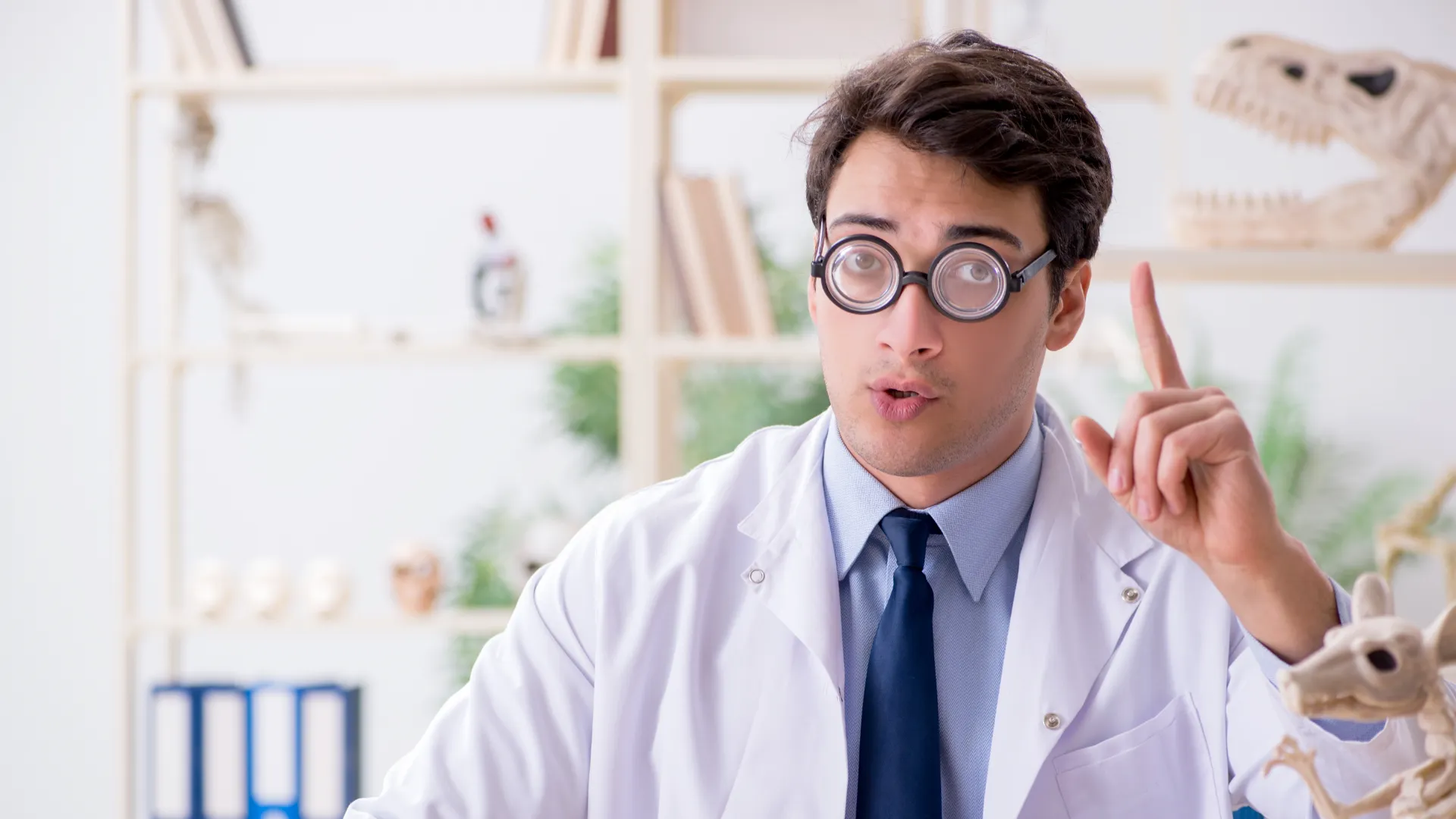Scoliosis is a common spinal condition characterized by a sideways curvature of the spine. It can affect people of all ages, but it is most commonly diagnosed in adolescence. Understanding the causes of scoliosis and the available treatment options is important for managing the condition effectively. In this blog post, we will explore the causes of scoliosis and discuss the various treatment options available for individuals dealing with this spinal condition. Whether you’re seeking information for yourself or a loved one, gaining insight into scoliosis can be empowering.
Causes of Scoliosis
Scoliosis is a condition that can be caused by various factors. Some of the main causes of scoliosis include:
- Idiopathic: This is the most common type, and it has no identifiable cause. It often develops during adolescence.
- Congenital: This type of scoliosis is present at birth and is caused by an abnormality in the spine’s development.
- Neuromuscular: Conditions such as cerebral palsy or muscular dystrophy can lead to scoliosis due to poor muscle control and weakness in the back muscles.
- Degenerative: This type of scoliosis develops in adulthood due to wear and tear on the spine, leading to the breakdown of the vertebrae.
Understanding the underlying causes of scoliosis is crucial in determining the most effective treatment approach to manage and potentially correct the condition.
Remember that scoliosis cases can vary, and it’s always essential to consult a healthcare professional for a proper diagnosis and personalized treatment plan.
Treatment Options for Scoliosis
When it comes to treating scoliosis, there are several options to consider. It’s essential to work closely with a healthcare professional to determine the best course of action for each individual case. Here are some common treatment options:
- Observation: For mild cases of scoliosis, the healthcare provider may recommend closely monitoring the condition to ensure it doesn’t progress.
- Bracing: In moderate cases, a brace may be prescribed to prevent further curvature of the spine, especially in children and adolescents.
- Physical Therapy: Specific exercises and stretches can help improve muscle imbalances and promote better posture.
- Surgery: In severe cases, especially when the curve is significant or continues to progress, surgery may be necessary to straighten and stabilize the spine.
By exploring these treatment options, individuals with scoliosis can work towards managing their condition and improving their quality of life. Remember, early intervention and regular monitoring are key in addressing scoliosis effectively.
